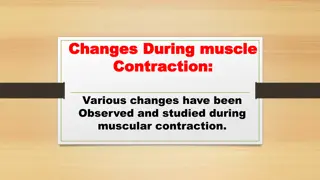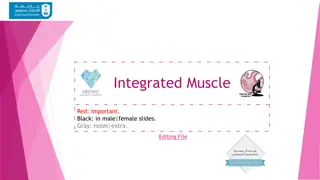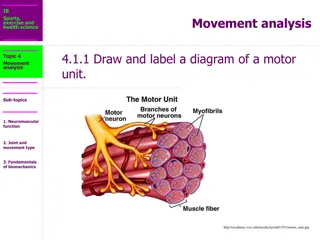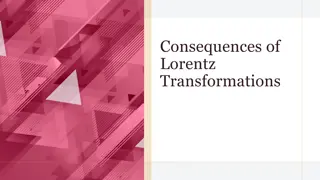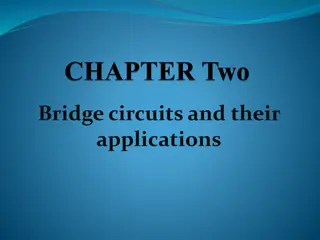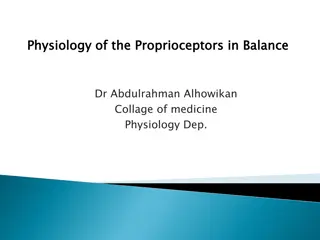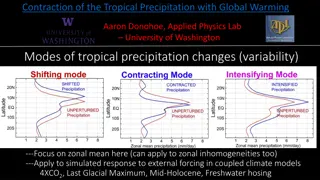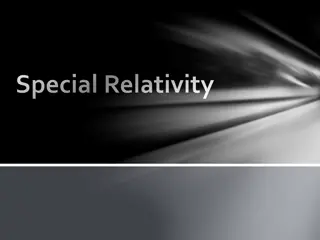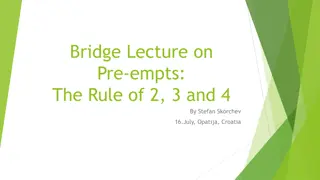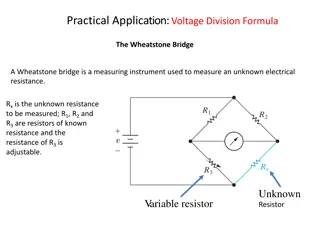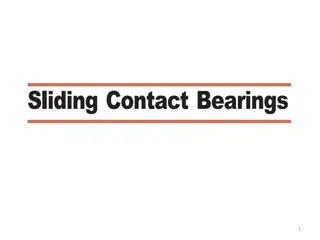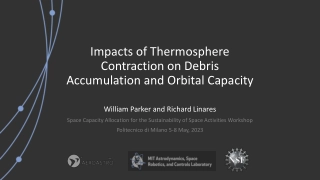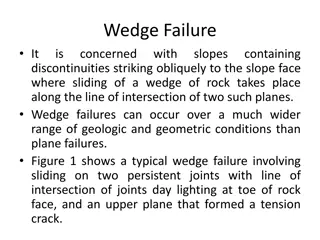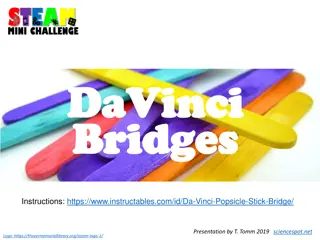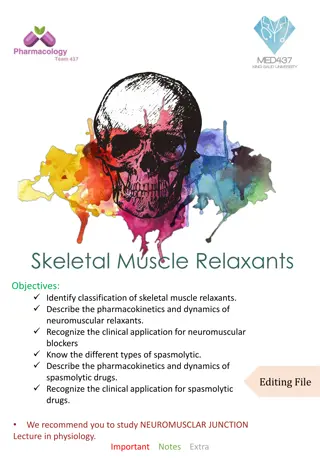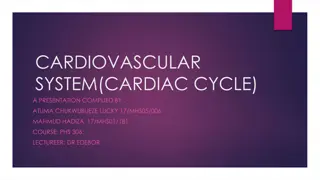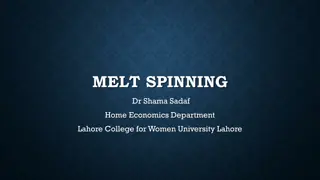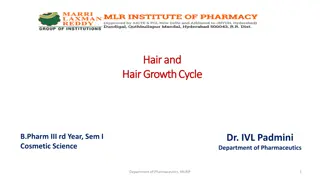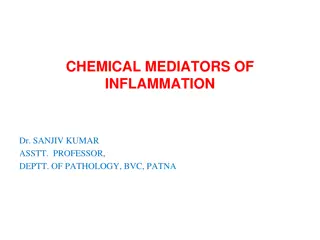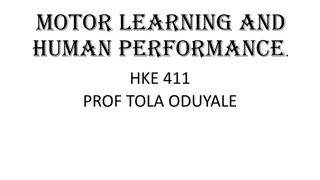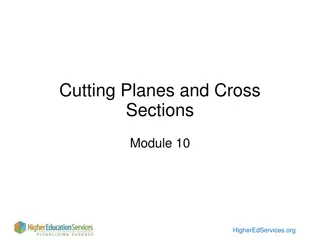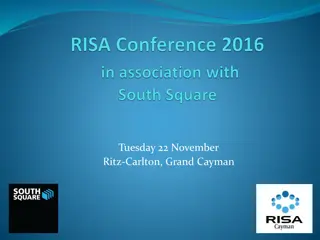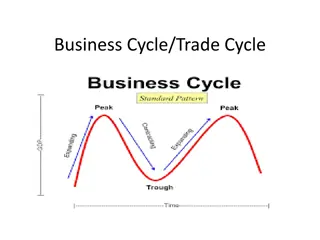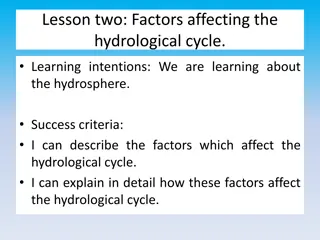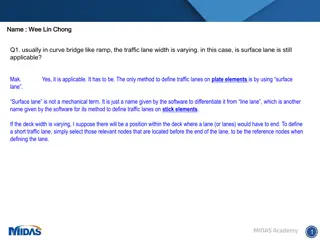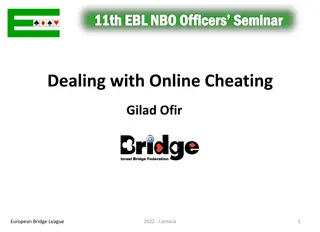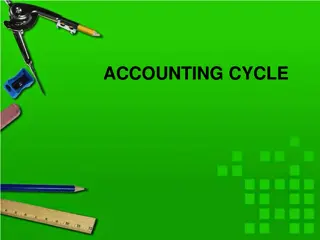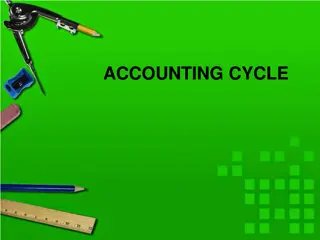Understanding Muscle Contraction: Sliding Filament Theory and Cross Bridge Cycle
Explore the fascinating process of muscle contraction through the sliding filament theory and cross bridge cycle. Developed by scientists in 1954, this mechanism involves the interaction between myosin and actin filaments, regulated by calcium and ATP. The cycle includes steps such as myosin binding to actin, power strokes, and energy release through ATP breakdown. This detailed explanation helps shed light on the intricate workings of our muscles' movement.
Download Presentation

Please find below an Image/Link to download the presentation.
The content on the website is provided AS IS for your information and personal use only. It may not be sold, licensed, or shared on other websites without obtaining consent from the author. Download presentation by click this link. If you encounter any issues during the download, it is possible that the publisher has removed the file from their server.
E N D
Presentation Transcript
Sliding filament theory The sliding filament theory describes a process used by muscle to contract.It is developed by Andrew Huxley and Rolf Nieergerke and by Hugh Huxley and jean Hanson in 1954.The contraction is not uniform across the sarcomere; the central position of the thick filaments becomes unstable and can shift during contraction. However the actions of elastic proteins such as titin are hypothesised to maintain uniform tension across the sarcomere and pull the thick filament into a central position
Sliding filament theory
Mechanism of muscle contraction Cross bridge Cycle : Cross bridge cycle is a myosin projection. Consisting of two myosin heads, that extends from the thick filaments. Each myosin head has two binding sites: ATP ACTIN
Cross bridge cycle Step 1: When a muscle is relaxed, tropomyosin cover the binding site of actin. A molecule of ADP and phosphate remains attached to myosin from the previous contraction.
Cross bridge cycle Step 2: During a contraction, calcium bind to troponin. Tropomyosin is repositioned, exposing the myosin binding site of actin filaments.
Cross bridge cycle Step 3: Myosin heads bind to actin filaments. And the phosphate is released. Step 4: Myosin head spring forward power stroke pulling the actin filaments. ADP is released from myosin.
Cross bridge cycle Step 5: Myosin is released from actin. A new molecule of ATP binds to myosin, causing it to be released from the actin filaments. ATP is not yet broken down, but is essential to release the cross bridge.
Cross bridge cycle Step 6: ATP is broken down, providing the energy to cock the myosin filaments (recovery stroke). Step 7: Steps 1-6 are repeated several time
Cross bridge cycle


